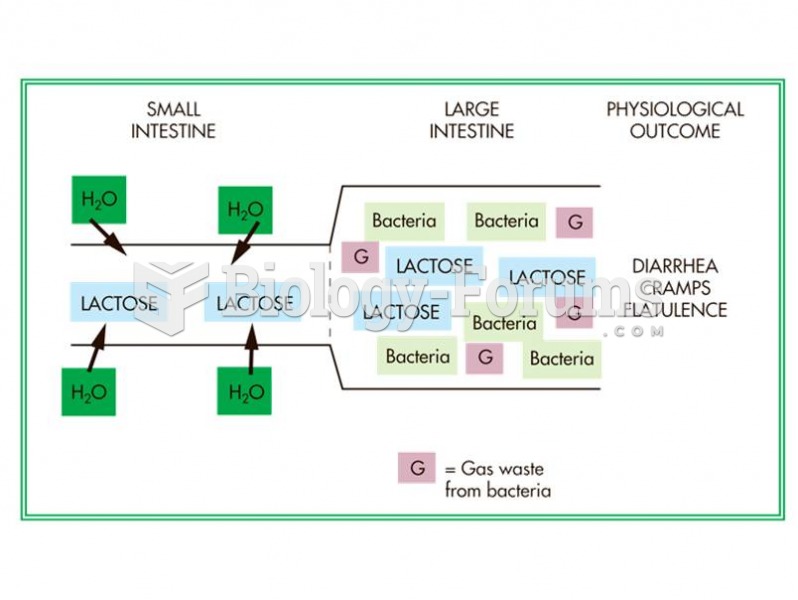|
|
|
Did you know?
The longest a person has survived after a heart transplant is 24 years.
Did you know?
The highest suicide rate in the United States is among people ages 65 years and older. Almost 15% of people in this age group commit suicide every year.
Did you know?
Medication errors are more common among seriously ill patients than with those with minor conditions.
Did you know?
Vaccines cause herd immunity. If the majority of people in a community have been vaccinated against a disease, an unvaccinated person is less likely to get the disease since others are less likely to become sick from it and spread the disease.
Did you know?
On average, someone in the United States has a stroke about every 40 seconds. This is about 795,000 people per year.






